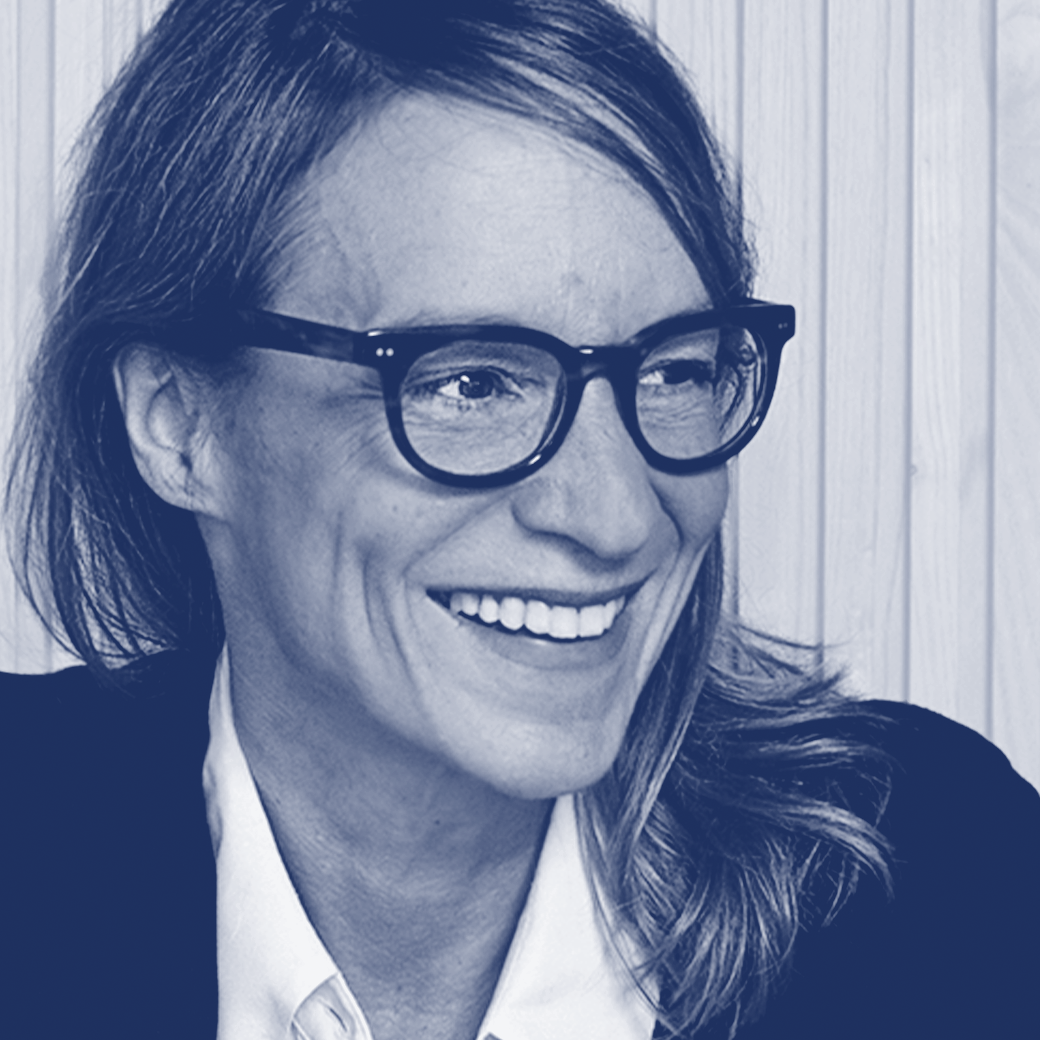We have a wonderful group of speakers and guests sharing with us this year at TypeParis. We wanted to find out a little more about each of them, so have presented them with a series of questions which they have generously taken the time to answer.
Pentagram partner Astrid Stavro is a graphic designer with an international reputation for concept driven design, distilling complex ideas into uniquely simple and emotionally engaging solutions. Before joining Pentagram in 2018 she directed her own studio in Barcelona for ten years. In 2013 she co-founded the brand and design consultancy Atlas with Pablo Martín.
Astrid will be speaking at the third #tptalks session on Thursday 27 June 2019 at Le Tank. Registration will open on 18 June 2019!
How do you divide your work-time between identity projects and editorial ones?
Astrid Stavro I have always worked in both identity and editorial projects, almost equally. However, editorial projects are normally a labour of love and not financially viable unless you have other projects that keep you going. I love working in both. Identity or branding projects are more encompassing in terms of scope and breadth of work. One thing that I do miss is magazine design, but we are now working on an exciting new magazine supplement.

“My team is new, small and brilliant. The studio culture here is truly unique.”
– Astrid Stavro
Last year you joined Pentagram, the world largest and popular independent design studio. How do you organize yourself with your new team inside the larger Pentagram squad?
I joined Pentagram 6 months ago so I’m the new kid in town. My team is new, small and brilliant. The studio culture here is truly unique. It’s like many mini brands living under the umbrella of a bigger brand called Pentagram, sharing the same building, assets and common knowledge. The flat hierarchy and open space mean that you can see what goes on in other teams, and there is quite a lot of collaboration between partners from different disciplines which is wonderful. We sit behind Yuri Suzuki’s team and it makes all of us jealous. Their table is full of synthesisers and little gadgets that move and make amazing sounds. They also have the coolest headphones in the studio! When we need advice on anything (for example: 3D printing or technical expertise on anything from fabrication, materials and manufacturers) we walk to a nearby table and ask. It’s great and inspiring. The tools at hand are extraordinary. Having said this, when it comes to the partners, the simplest decisions can take a long time. Getting 12 partners in (this is just in London) to unanimously agree on something is an arduous task. For example, the simplest things, such as choosing the colour of a new carpet, might take up to 2 years (the colour palette limited to a few, very similar shades of grey). The fact that it’s slightly dysfunctional is part of Pentagram’s charm.
“The choice of a typeface is dependent on the context. (…) Whatever the choice, it has to be appropriate and relevant to the content.”
– Astrid Stavro
In what proportion do you tend to use classic or recently published typefaces in your work?
I don’t favour the classic over the new or viceversa. The choice of a typeface is dependent on the context. We don’t impose typefaces on any project, some projects require classic typefaces, some require recently published or customised typefaces and some work best with a mixture of both. Whatever the choice, it has to be appropriate and relevant to the content.
When you started, who were the teachers or professionals who had the greatest impact upon you?
My eight grade history teacher used to repeatedly say: “The train of knowledge is leaving and you’re not on it.” It makes me laugh. 30 years down the line I’m still not on it. Years later, in Boston, I was lucky enough to study with Elie Wiesel. The best teachers don’t really teach.
“It is only after studying literature and philosophy that I became interested in the shape and form of letters.”
– Astrid Stavro

Do you remember when did you decide to conduct your career to the letter world? What made you choose that?
I was born dreaming of becoming a novelist and a poet. Words have always fascinated me. It is only after studying literature and philosophy that I became interested in the shape and form of letters. I still find the content much more interesting than the way in which it looks.
Favourite kind of music to listen to while working? (or absolute silence)
I listen.
What does a typical day look like for you?
In London it’s pretty grey ;)
“Never grow up.”
– Astrid Stavro
Do you have any words of wisdom for someone wanting to become a designer / type designer / art director?
Never grow up.
Thank you very much, Astrid!
– Interview by Gina Serret
Learn more about TypeParis courses and conferences!
➼ Reports
➼ Type & graphic designers interviews
➼ Attendees feedback series
Apply to TypeParis Summer course!
The deadline for applications is 14 March, every year.
SPONSORS


















